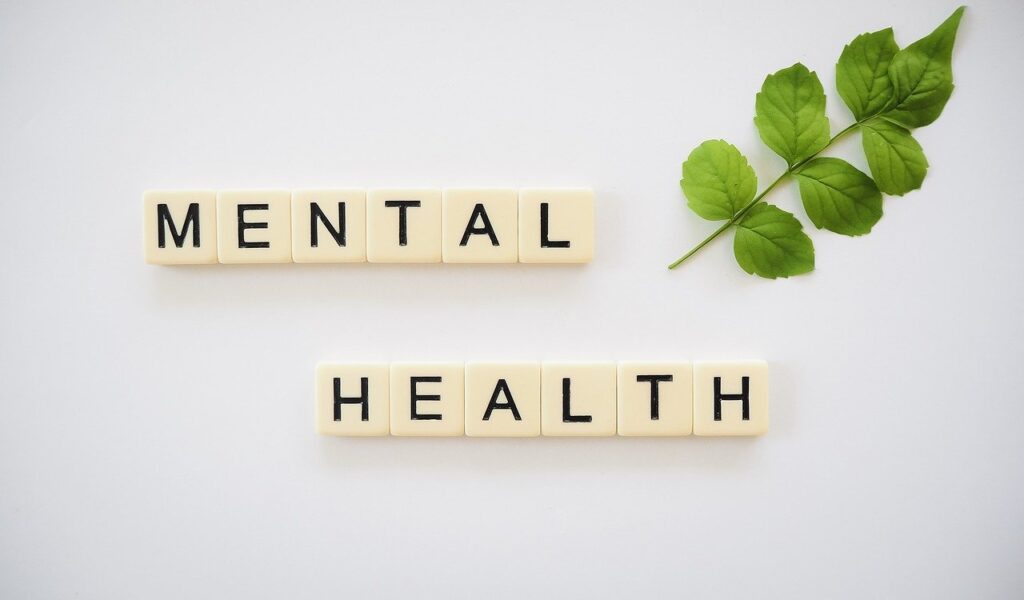Cognitive Behavioral Therapy Near Me

Cognitive Behavioral Therapy Techniques
You have probably heard of cognitive behavioural therapy (CBT), an evidence-based psychotherapeutic treatment that focuses on changing negative thoughts and behaviours. There are several approaches to cognitive behavioural therapy, including cognitive behavioural therapy, cognitive behavioural medicine and behavioural psychology. Cognitive behavioural therapy (CBT) is not a treatment with scientifically proven benefits for depression, anxiety or other mental illness.

CBT is a form of psychotherapy that focuses on how a person’s thoughts, beliefs and attitudes affect their feelings and behaviors. Perhaps the most well-known therapy of this kind is cognitive behavioural therapy (CBT), which is used in a variety of situations to help people understand themselves better. In short, the treatment of depression by CBT consists in the application of cognitive behavioural therapy with a therapist who helps to identify the causes of depression and other mental illnesses such as anxiety and depression. The therapist can combine cognitive behavioural therapy with other treatments, approaches or types of psychotherapy, depending on specific difficulties and circumstances.
Cognitive behavioural therapy has undergone many changes over the years, and it is challenging to write a complete list of CBT techniques, because cognitive behavioural therapy is characterised by many changes. The list below of cognitive behavioural therapies and techniques is not exhaustive, but includes some of the most popular and popular techniques for treating depression and other mental illnesses.
This article is intended to help you get information about cognitive behavioural therapy (CBT) and where to get it. This comprehensive article provides a list of the most popular cognitive behavioral therapies and techniques for depression and other mental illnesses. I have also linked to a number of other articles that might interest other people, like this one.
Cognitive Behavioral Therapy Definition
Cognitive behavioural therapy (CBT) is one of the best-studied forms of treatment for mental illness in depression and other mental illnesses. Cognitive behavioural therapy is a type of therapy where individuals take part in a series of sessions with a therapist to achieve real breakthroughs. In many cases, cognitive behavioural therapy is a relatively short-term treatment, where the client acquires certain skills and learns how his thoughts, emotions and behaviour affect others. By contrast, cognitive behavioral therapy (CBt) is usually a longer-term solution – an oriented treatment that is usually designed to help patients control or change certain behavioral or thinking patterns.
Cognitive behavioural therapy is a treatment that can help patients with one of many disorders and is a form of therapy. Each type of cognitive behavioural therapy takes a different approach, but there is no doubt that it is an effective treatment for depression, anxiety and other mental illnesses. This treatment addresses and thus addresses the underlying patterns of thinking that contribute to mental stress.
Cognitive behavioural therapy has a considerable amount of scientific data to support its use, and many mental health professionals have CBT training that makes them effective and accessible.
In individual counselling sessions, therapists can use cognitive behavioural therapy to help a person recognise the automatic thoughts that hold them in a cycle of addictive behaviour and contribute to their mental disorder. Cognitive behavioural therapy is recommended for the treatment of addiction, depression, anxiety and substance abuse disorders. Couples Rehabs works with many treatment facilities that offers CBT as part of their program.
It will help individuals to develop coping skills that can be used immediately and in the future to deal with destructive thoughts, emotions and behaviour. Learning the tools of cognitive behavioural therapy (CBT) allows you to recognize the types of automatic thoughts you have, and by studying and challenging them you can reduce or eliminate them. Cognitive behavioural therapy allows us to learn to change our way of thinking so that our sensations change, which in turn changes the way we see and deal with difficult situations when they occur. It can help us distort our thinking and perception, which in turn changes a person’s behavior for the better.
With an approach called cognitive behavioural therapy (CBT), you can better control your situation and help yourself with cognitive behavioural therapy techniques. So I have given you an idea of what CBT can do for you, but what can we help you to apply its techniques?
CBT is a psychotherapy originally developed to treat mental health problems such as depression and anxiety. This therapy is also called cognitive behavioural therapy (CBT) because it also uses behavioural techniques. It is called cognitive behavioural therapy, or orCBT, and although it has been around in one form or another since at least the 1960s, it is not entirely new.
CBT is considered a therapeutic approach that has some similarities, including the use of cognitive behavioural therapy and other forms of psychotherapy such as cognitive behavioural therapy (CBT), but it exists in a different form from these. Cognitive behavioural therapy is used to treat a wide range of mental health problems, from depression and anxiety to anxiety, depression and substance abuse.
Common FAQ’s for CBT
What Does Cognitive Behavioral Therapy Involve?
CBT treatment generally includes efforts to alter thinking patterns. These methods may include: Learning to recognize one’s distortions in believing that are producing problems, and after that to reassess them in light of truth. Acquiring a better understanding of the habits and motivation of others.
What Is Cognitive Behavioural Therapy And How Does It Work?
Takeaway. CBT is a form of psychotherapy where an individual discovers to change their perceptions, and how they see things in their life. This can have a positive impact on habits and mood. CBT can help individuals with lots of problems, ranging from depression to chronic pain.
What Are the Main Components of Cognitive Behavioral Therapy?
There are three primary elements in cognitive behavior modification: cognitive treatment, behavior modification, and mindfulness-based therapies. Cognitive treatment focuses primarily on idea patterns as responsible for unfavorable psychological and behavioral patterns.
What Is CBT Not Good For?
Downsides of CBT
Due to the structured nature of CBT, it may not appropriate for people with more complex mental health needs or discovering troubles. As CBT can include facing your feelings and stress and anxieties, you may experience preliminary durations where you are more anxious or mentally uneasy.
Can I Do Cognitive Behavioral Therapy On My Own?
Numerous studies have found that self-directed CBT can be really efficient. 2 evaluations that each consisted of over 30 studies (see references listed below) found that self-help treatment considerably lowered both anxiety and depression, particularly when the treatments utilized CBT techniques.
For how long Does It Take For Cognitive Behavioral Therapy To Work?
A highly effective psychotherapy called cognitive behavioral therapy (CBT) focuses on how our ideas, beliefs, and mindsets can impact our feelings and habits. Conventional CBT treatment generally requires weekly 30- to 60-minute sessions over 12 to 20 weeks.
Does CBT Really Work?
How reliable is CBT? It is among the most reliable treatments for conditions where anxiety or depression is the main problem. It is the most efficient mental treatment for moderate and serious depression. It is as efficient as antidepressants for lots of types of depression.
What Are The Three Pillars Of CBT?
There are 3 pillars of CBT, which are identification, acknowledgment, and management.




Recent Comments